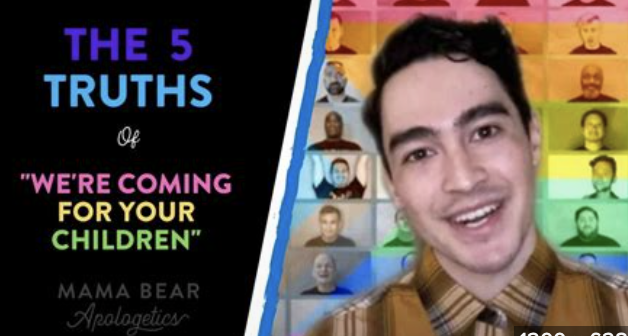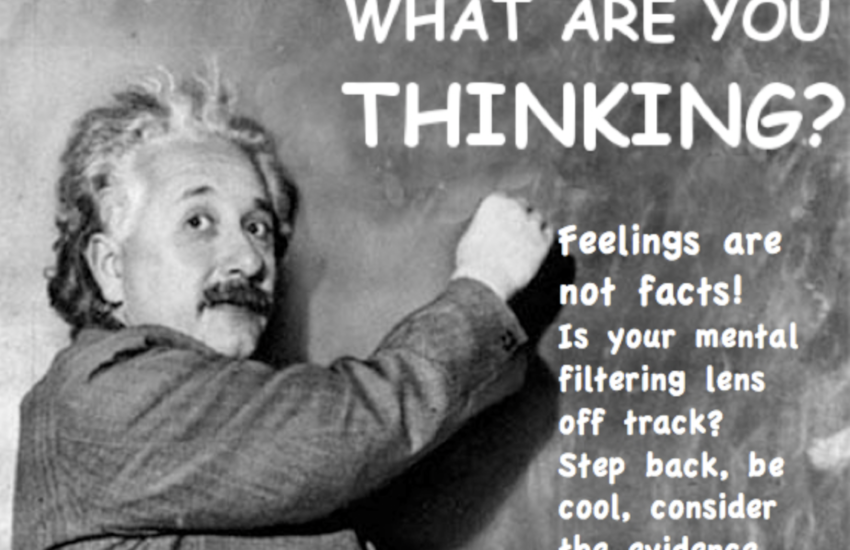Homosexuality’s Classification as a Mental Illness
Homosexuality was historically considered a disorder and was first officially classified as a mental disorder by the American Psychiatric Association in about 1950. Many people credit Dr. Robert Spitzer as the person behind the decision to remove homosexuality from the list of mental disorders.
What was the basis for the removal: Was it a study? Was it based on a number of studies? Was it based on new advancements in psychology? Was it rooted in the discovery of any new information at all? The answer to each of these questions is “no”.
The entire decision was based on the fact that Dr. Spitzer met with gay rights activists and determined that if gay people were comfortable with their sexual orientations, it could not be a disorder. That’s right. Apparently Dr. Spitzer based his opinion on whether or not homosexuals were comfortable or not. Apparently he concluded that homosexuals were comfortable with their sexual orientation. Of course the homosexuals he considered were the activists, not a study or even a survey of the homosexual population.
Keep in mind that at the time Dr. Spitzer and the APA made this decision, America was experiencing the Sexual Revolution which was primarily regarded as a heterosexual movement, but it was heavily influenced by significant pressure and propaganda from the contraceptive industry, the abortion industry and the LGBT community. While the large majority of Americans were heterosexuals who were not interested in legalizing abortion, it was the smaller LGBT and abortion advocacy groups who were the most vocal and most aggressive. The result was that the average American was bullied into silence because they feared being criticized, ostracized and labeled as square, old fashioned or bigoted. Sounds a lot like today, right? I think it is much worse today. In fact, the LGBT community can openly mock Jesus Christ and the Catholic Church and be “honored” by the Los Angeles Dodgers (several hours before the game to a small crowd – but still “honored”), and Pride Parades can have adult men exposing their naked bodies and their sexual fetishes to children as well as chant, “We’re here, we’re queer, we’re coming for your children”, without any concern by the vast majority of Americans.
This dynamic played out quite clearly in the APA’s decision on the reclassification of homosexuality in 1973. The LGBT activists began their attempts to normalize homosexuality in the early 1960’s and the pressure continued to build until 1970. Beginning in 1970, LGBT protesters began disrupting the national meetings of the APA and focused their pressure on the APA leadership, using a mixture of tactics. For instance, the LGBT activists attempted to openly communicate with members of the APA, but they also used forged credentials to gain access to APA meetings and secretly funded an APA letter that was sent to APA members which supported the normalization of homosexuality.
When the APA finally voted on the issue in 1973, only 25% of its members returned their ballot. Out of that 25%, only 58% favored removing homosexuality from the list of mental disorders. In other words only 14.5% of the APA voted to remove homosexuality from the list of mental disorders. They did so without any scientific evidence for doing so. It was purely an emotional and political decision after years of pressure from the LGBT activists. Even within the LGBT community, the vote is believed to be based on nothing more than Dr. Spitzer’s conclusion which they admit has no scientific basis.
We are now over 40 years removed from Dr. Spitzer’s decision and the APA vote. Has time proven Dr. Spitzer correct? Are homosexuals comfortable with their sexual orientation? The answer is no for many people who live with same-sex attraction and even more often for people who live with gender dysphoria and other confusion. While there are likely studies and surveys that portray the average homosexual as happy and comfortable with their sexual orientation, there are as many or more studies and surveys that show just the opposite.
One sad side effect of all of this is that today’s rabid adherence to political correctness means that few psychologists, psychiatrists or medical professionals can suggest that homosexuality is anything less than normal. But even more troubling than this is that many young people are being ushered down the road of active homosexual behavior because people around them want them to feel happy. These do gooders do not stop to think of the damage they are actually doing.
In many cases, possibly most cases, the person who experiences same-sex attraction, gender confusion, or other feelings or symptoms embraced by the LGBT community, feels these things due to trauma they have suffered in the past. Maybe it was a troubled relationship with a parent, or worse, maybe it was being victimized by a child molester. One would think that mental health professionals would do al they can to help the child or adult patient heal from the past trauma and help them live a healthy life, but this does not seem to be of interest to many mental health professionals and the policy makers who are trying to ban therapy which can help people with unwanted same-sex attraction and gender dysphoria.
Thankfully mental health professionals do not take the same approach with the treatment of anorexia and other eating disorders.
What was once classified as a mental disorder, is in many cases a symptom because it is caused by childhood trauma. However, it is a disorder many therapists do not want to treat and one which many therapists are prevented from treating under penalty of law.
In the, oh so conservative, State of Nebraska, there was recently a bill which several progressive liberal senators attempted to pass. That bill made it a crime to not only provide talk therapy as a licensed counselor, but a criminal act for parents to take their child to a therapist who would help the child overcome unwanted same-sex attraction or gender confusion. One of those state senators, Tony Vargas, recently ran for Congress, and was narrowly defeated by conservative Don Bacon. Thankfully Tony Vargas was unsuccessful in that bid, but Nebraskans need to remember that he once co-sponsored a bill which would have criminalized parents’ decisions to seek mental health care for their child. A number of states have actually passed bills which do this, though I don’t know how many tried to make parents into criminals.
Where was the public outcry when the Nebraska Legislature was trying to criminalize parents and mental health professionals for trying to help children overcome unwanted same-sex attraction and gender dysphoria? Maybe there wasn’t much public outcry because the vast majority of Nebraskans understand that this shouldn’t be a crime and that few Nebraska senators were going to vote to make it one.
In 2023, we saw an enormous amount of outcry (on the floor of the Legislature by a few) and in the rotunda by dozens more (most of whom were probably not Nebraska residents) when the Legislature started to take positive action to correct the perception of activists who want to experiment on children. There was bizarre behavior, wailing, gnashing of teeth, and downright childish meltdown fits, and I am just talking about the floor of the Legislature during “debate”. There was a lot of misinformation too, which still continues.
As a result, several concessions were made, and bills were passed. The bills were not as solid as they should have been, but it was a start.
It is good to see that what worked on the APA in 1970, did not work as well on Nebraska’s state senators in 1973.
However, we have a long way to go. We have to convince mental health providers that it is not only okay, but wise to look to the root causes of their patient’s same-sex attraction, gender dysphoria, or other symptom which places them, seemingly, in the LGBT community. And this treatment needs to keep an open mind toward the possibility that the patient may not end up staying in the LGBT community after treatment is provided.




